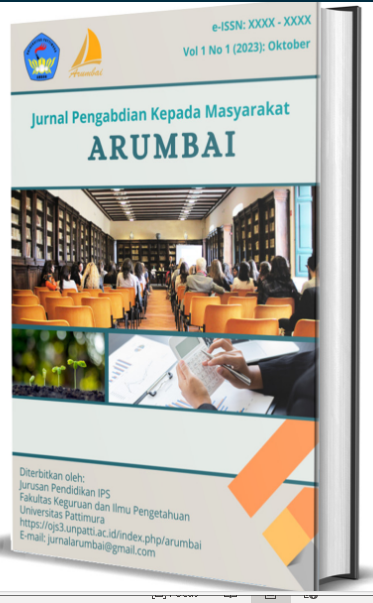Pemetaan Satuan Lahan pada Zona Ekuifer di Wilayah Sebagian Karangpanjang, Kecamatan Sirimau Kota Ambon
Mapping of Land Units in the Equifer Zone in Part of Karangpanjang, Sirimau District, Ambon City
Abstract
Mapping of land units in the aquifer zone is a step in water resource management and environmental impact mitigation. Aquifers are geological formations that can store and transmit water, making them the main source of groundwater that is crucial for various needs, including agriculture, industry, and domestic consumption. A deep understanding of the characteristics of land in the aquifer zone allows managers to determine the potential and limitations of water resources in the Karang Panjang area of Ambon City. In the mapping process, Geographic Information Systems (GIS) technology plays a key role by providing tools to collect, analyze, and visualize spatial data. The use of GIS by utilizing the Surfer application allows the identification and analysis of important parameters such as porosity, permeability, and aquifer distribution, as well as the interaction between the aquifer and the surrounding ecosystem. In addition, this mapping also helps in identifying zones that are vulnerable to contamination and over-extraction, which can endanger the sustainability of water resources. The results of land unit mapping in the aquifer zone can be used to support better decision-making in spatial planning, infrastructure development, and environmental management. This mapping is not only important for the conservation and sustainable use of water resources, but also to improve the quality of life of communities that depend on groundwater as the main source of clean water.
Downloads
Copyright (c) 2024 Author

This work is licensed under a Creative Commons Attribution 4.0 International License.


